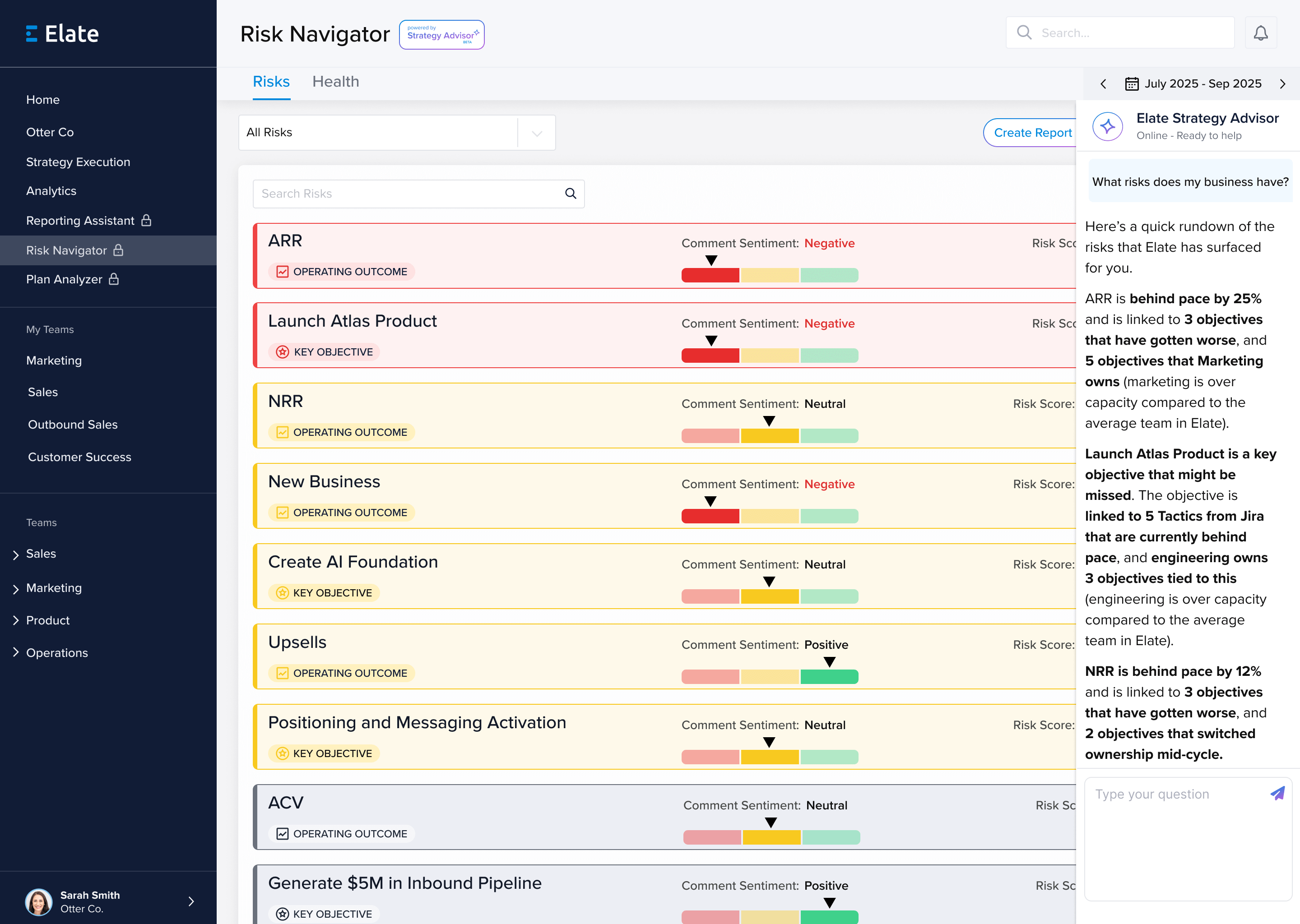Business or departmental failures can happen for many reasons, but downplaying the importance of collaboration in the workplace may be a major contributing factor. When employees fail to share knowledge, prefer to skip team meetings, or value personal success over corporate success - a culture of competition instead of collaboration is the result.
Team collaboration brings together diverse viewpoints, promotes effective problem-solving, and blends together disparate experiences in your market sector and various levels of product or service expertise. And, when new employees come on-board, while seasoned employees retire or move up the ranks, a culture of collaboration is needed for the transfer of knowledge that can be lost.
Why is employee collaboration so important to the success of an organization? For both remote work teams and in-house divisions, team collaboration helps build employee skills, boosts staff morale, increases productivity, and is necessary to stay ahead of the competition. Some great strategies for effective team collaboration in the workplace are being implemented in the following ways:
- Strategic Planning Tools - To connect teams and empower collaboration through goal-setting, measuring performance, and streamlined data sharing
- Huddle Rooms - Small conference rooms used for brief meetings with maybe 5 people along with video conferencing equipment
- Hot Desking - instead of assigned seating, employees rotate a different desk in a different area, every day.
- Video conferencing - to enhance collaboration with remote and in-house teams will be a vital office technology going forward.
Real-life examples of collaboration must include digital solutions that promote conflict-free online workspaces, consistent reviews of individual and project goals, along with the sharing of information, insight, and resources.
How To Collaborate Effectively
Workplace collaboration doesn't just happen, it must be planned for and supported with the best collaboration tools. A collaboration strategy definition should include best practices on how to collaborate effectively. Collaboration should exist between both your business partners or suppliers and within your workforce. Without the proper collaboration tools and strategies, it can be difficult to pool cross-company skills.
A good working collaboration strategy definition would require the use of collaboration tools that supports knowledge sharing - which in turn will benefit productivity and increase your business profits. These tools include implementing the best collaboration software, along with a company-wide intranet that supports internal messaging. Your collaboration strategy must exclude isolation and instead support shared workspaces that allow collaboration between coworkers and departments.
A company's teamwork and collaboration meaning is guided by your company's vision and it should be easy to implement, evaluate, and measure objectively. For instance, if your business plan includes employees working both at the office and from remote locations, then good workplace collaboration will be essential for everyone to effectively complete their tasks.
Here are 3 reasons why collaboration matters in the workplace:
- Effective workplace collaboration improves business clarity and reduces employee confusion, so corporate goals can be met.
- When organizations and internal divisions support transparency and the sharing of knowledge, employees feel more valued.
- Prioritizing collaboration can increase corporate profits and position your company to outpace the competition.
Choose a team collaboration tool that includes strategic planning software to not only communicate your corporate vision, but also give your management teams the tools they need to track employee performance to make sure they are aligned with your business goals. Your collaboration strategies should have a clear direction with concrete objectives for all your teams.
The right collaboration software can also be used to increase employee engagement and morale when individual, team, or departmental wins are shared and celebrated by all!
Increased interaction between workers can improve productivity throughout the company, especially when you involve highly-skilled and expert knowledge workers with managers and other key professionals.
What Are 3 Important Skills For Teamwork And Collaboration?
Real, workplace collaboration examples include the trend towards workplace brainstorming sessions. This allows everyone to generate ideas without hesitation or counterattack. Another example of collaboration strategies in the workplace includes white -boarding ideation sessions. Here, a group of employees freely visualize new business solutions and transformative avenues into new markets by sketching, diagramming, and doodling.
For teamwork to be effective, it is important to keep track of what is and isn't working. This can only be achieved by measuring key performance indicators that measure effective collaboration in the workplace. For example, how much time are teammates spending in collaborative work efforts and how regularly are teams video conferencing to quickly resolve bottlenecks or roadblocks.
If you ask, what are 3 important skills for teamwork and collaboration?- you may get many answers but here are 3 skills needed for effective collaboration in the workplace - communication, adaptability, and open-mindedness.
Team Collaboration Best Practices
Companies that want to cultivate teamwork among employees can improve their current situation by identifying areas that need to improve and amplify teams that have been successful. Team collaboration best practices start with investing in the right technology to connect employees in ways that foster meaningful relationships. For example, connectivity will be crucial for companies that have remote teams. So, investing in a cloud-based, collaborative platform will help teams collaborate online, offline, and face-to-face.
Methods on how to improve teamwork and collaboration that are in line with industry best practices may include hosting organization-wide or multi-division meetings to gain critical feedback from employees on how the organization can build a more effective atmosphere of team collaboration. When leaders and staff share common goals while also respecting individual goals, a healthy competition is fostered that leads to increased workplace morale.
More examples of collaboration and teamwork are found when companies enforce strategic collaboration strategies that create transparency. All teams and all departments can celebrate each other's success - but, only when that information is collected and shared. This means taking charge of company communications and posting alerts or notifications that provide visibility into the performance of key company goals.
Collaboration Strategy Examples
When leadership sets the strategy for their company, employees are clear on the corporate vision or mission. It becomes easier to follow the type of leadership that encourages communication and collaboration strategies in the workplace. There are different types of collaborative strategies that can be implemented.
- Business problem-solving collaborations which are similar to scientific think-tanks
- Formal teams collaborations to discover new knowledge that can benefit the company
- Think-and-share strategies that embrace brainstorming and informal knowledge-sharing
- Long-term collaboration groups that help develop actionable plans to increase employee engagement
A company's strategies for collaboration and cooperation in the workplace should include corporate-wide awareness that decision-making can be a joint effort between management and staff. The open-and-honest sharing of ideas and information must be elevated, while internal destructive competitiveness is eliminated.
Three collaboration strategy examples that are leadership-based include:
- Leader-directed collaboration - When executive leaders lead by example to support cross-collaboration as a core value of the organization.
- Relationship-oriented leadership - When collaboration is guided by employee roles to take responsibility for clearly communicating to subordinates
- Leadership coaching - Emphasizes informal mentorship programs to create smaller, more intimate, top-down collaboration partnerships
Collaborative leadership is the first organizational change that companies should implement when they find a work culture of harmful competition and/or employee non-involvement. This type of business philosophy cannot stand without the best collaboration tools to support communication between leadership and staff. Consider strategic planning software that can help communicate your company's vision, then create alignment between leadership and staff and track performance all in one place.
Building A Collaborative Team Environment
After examining how your management and staff can collaborate more effectively, and implementing best practices and strategies for leadership and team collaboration, it's time to build a collaborative environment. This is where the entire company must be empowered with collaboration tools and executive direction for building a collaborative team environment.
Leadership should be motivated on best practices on how to increase collaboration between teams. This includes highlighting individual strengths while also promoting a team work environment. All employees should be encouraged and feel comfortable sharing knowledge, business insights, and industry resources. Not only do you want your collaboration teams to freely put forward new ideas, but to also challenge those ideas when industry data or customer knowledge dictates.
Management will require the right tools and knowledge on how to increase collaboration between teams. A single collaboration platform can be used to grow each team while keeping the focus on what matters - reaching corporate, division, and individual goals. Look for collaboration features like alerts and notifications that provide visibility into company and team performance and achievements.
Another feature that builds teamwork and collaboration skills include keeping employees abreast of actionable progress, meeting dates, and other important industry events that may be happening outside the office or after regular business hours. Off-site team building is important to building a collaborative team environment in-house. And, if you have employees that work remotely, it is even more crucial to involve them in team collaborations.
The benefit of using a proprietary, team collaboration platform is that it provides you with data derived from key metrics that provide insight on the success of your team-building strategies. Elate is built for leadership teams that want to build more effective team collaboration in the workplace by leveraging the power and potential of data. You get transparent reporting of key metrics and KPIs. The result is increased team collaboration and better alignment of your departmental divisions.











